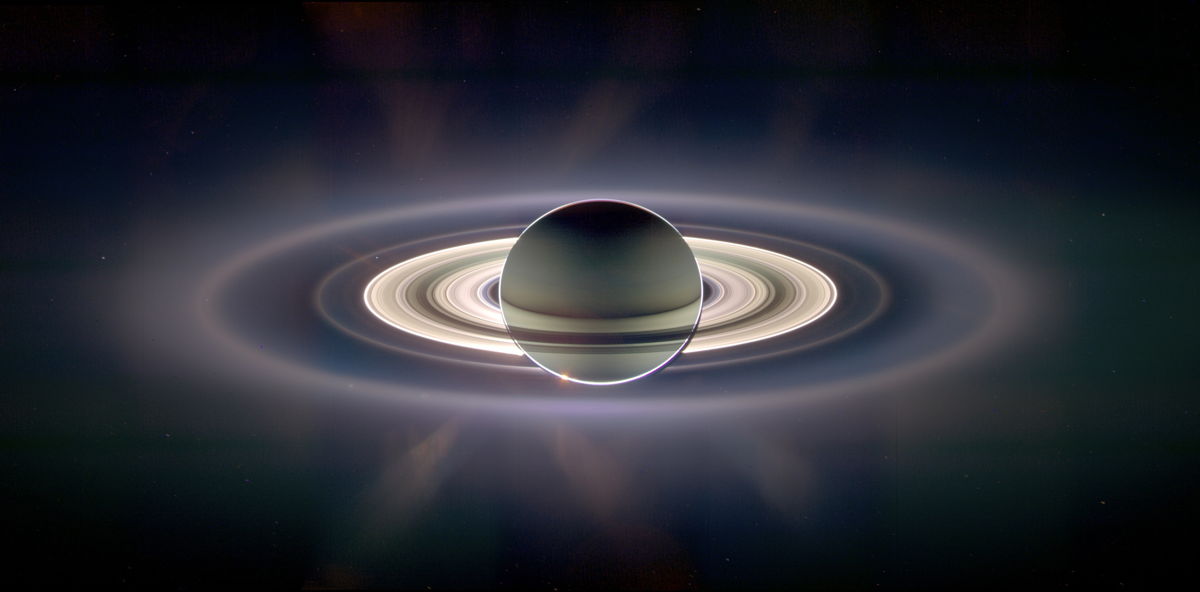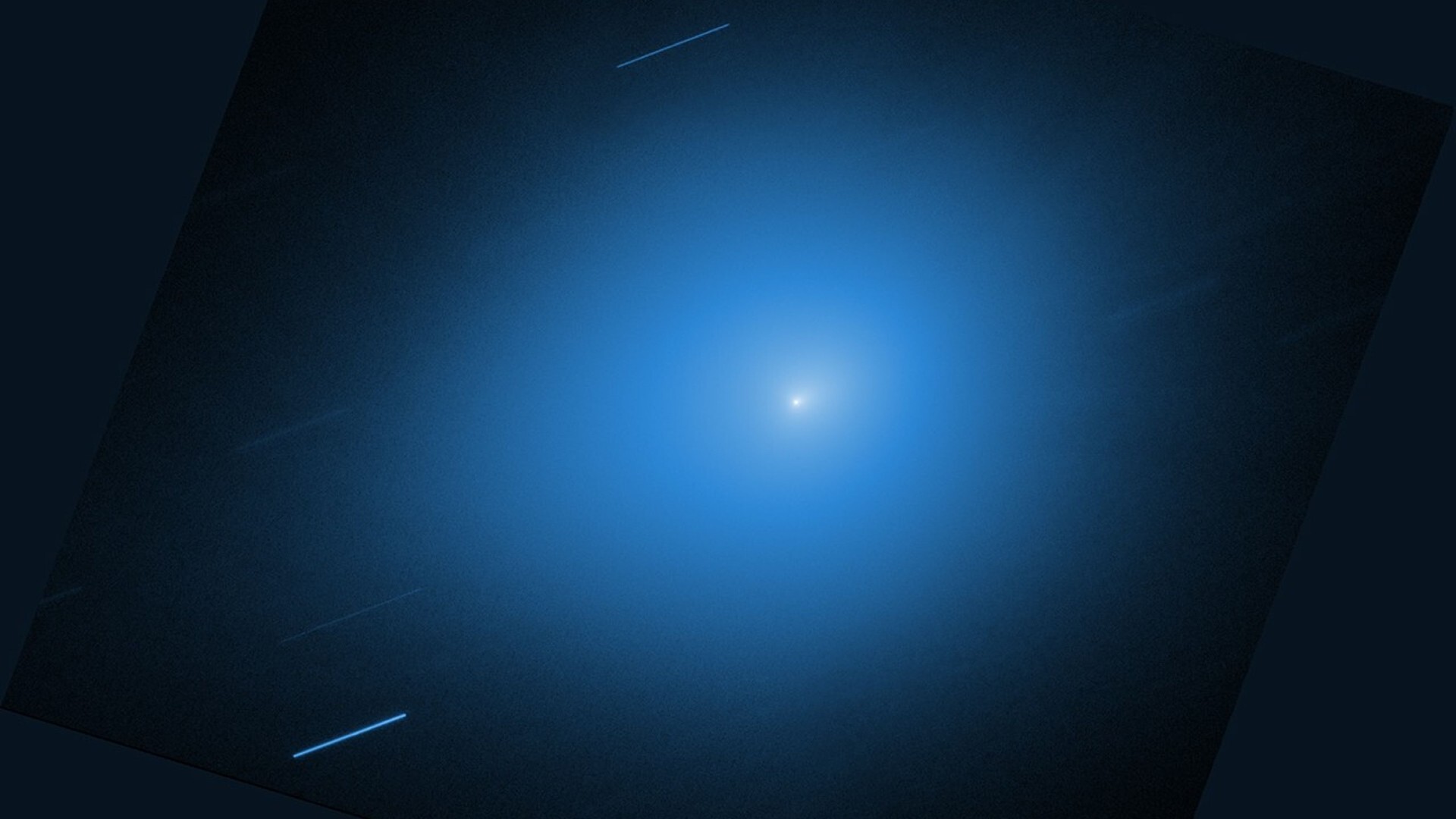Gallery: Experts' Favorite Space Photos
Moon from ISS
NASA astronaut Leroy Chiao picked this photo of the moon he took from his vantage point on the International Space Station, about 230 miles (370 km) over Earth.
Egypt's Lake Nassar
Former astronaut Leroy Chiao also nominated this photo of Lake Nassar in Egypt, which he took while orbiting Earth, "right as the sun perfectly reflected off of the surface of the water into the camera lens," he said.
Keck 10-Meter Telescopes on Mauna Kea
Taft Armandroff, director of the W. M. Keck Observatory in Hawaii, sent his favorite space photo. It shows the twin laser beacons of the two Keck 10-meter telescopes on Mauna Kea and their laser adaptive optics systems studying the supermassive black hole at the galactic center.
Supernova SN 1994D
Australian National University astrophysicist Brian Schmidt sent in his favorite space photo, Supernova SN 1994D, which he called "the poster child of a type Ia supernovae." Dr. Schmidt won the 2011 Nobel Physics prize for his studies of distant supernovas that helped reveal the existence of dark energy.
Saturn's Rings Seen by Cassini Probe
Astrophotographer Jerry Lodriguss selected this photo of Saturn taken by the Cassini spacecraft in 2006 as his favorite space photo.
Harrison Schmidt and Lunar Rover During Apollo 17 Mission
Roger Launius, senior curator of space history at the Smithsonian's National Air and Space Museum, writes: "This image of Harrison Schmitt with the lunar rover makes clear one reason Apollo was never followed with additional moon landing efforts. Humanity found nothing there of value that they wished to exploit, as had happened repeatedly in previous terrestrial explorations. Schmitt and artifacts from Earth are swallowed up in the vast expanse of nothingness that was on the lunar surface. Buzz Aldrin called it 'magnificent desolation.' He was right."
Nebula SH2-239
Adam Block, astrophotographer and astronomy educator with the University of Arizona's Mt. Lemmon SkyCenter, selected his own image of nebula SH2-239 as his favorite. He writes: "[I] suspect you will not find … a higher resolution (full) color image of this particular nebula. The important idea to consider is that this object is certainly not unknown. This field represents the earliest stages of stellar evolution — the birth place of stars, and it is studied intensively by astronomers. And yet, few color images exist. The reason is because when an astronomer studies an object like this the data that they take is usually not amenable to creating a pretty picture. This is because the astronomer is interested in making a quantifiable measurement in order to understand astrophysical processes of the object of interest. On the other hand, the data (picture) I take is not very good for making these measurements ... but it is nice to show a full color picture of the field, and tell the overall story of this bit of space."
Breaking space news, the latest updates on rocket launches, skywatching events and more!
Layers at Base of Mount Sharp 1000
John Grotzinger of Caltech, chief scientist for NASA's Mars rover Curiosity, selected this image of Mars as his favorite, naturally. He writes: "I love this image because its so evocative of Earth, at least on the surface. These foothills of Mount Sharp are the eventual destination for Curiosity, where she will read these layers — like pages in a book — and seek clues regarding the early environmental history of Mars."
Hubble Ultra Deep Field
Mario Livio, astrophysicist at the Hubble Space Telescope Science Institute, picks the Hubble Ultra Deep Field image as his favorite "because it represents an 'executive summary'
Spiral Galaxy NGC 2841
Science-fiction author Jack McDevitt sent in this photo for his submission. He writes: "I don’t really have a favorite astronomical photo, because I see pictures pretty much on a daily basis that blow me away. But this one of NGC 2841, taken by Hubble, is as spectacular as any. This one, more than most galactic photos, provides a sense of immensity, makes me think how someone standing out on the fringe would need 25,000 years, more or less, before he could see a light beam coming out from the center. It almost seems possible."

Clara Moskowitz is a science and space writer who joined the Space.com team in 2008 and served as Assistant Managing Editor from 2011 to 2013. Clara has a bachelor's degree in astronomy and physics from Wesleyan University, and a graduate certificate in science writing from the University of California, Santa Cruz. She covers everything from astronomy to human spaceflight and once aced a NASTAR suborbital spaceflight training program for space missions. Clara is currently Associate Editor of Scientific American. To see her latest project is, follow Clara on Twitter.










